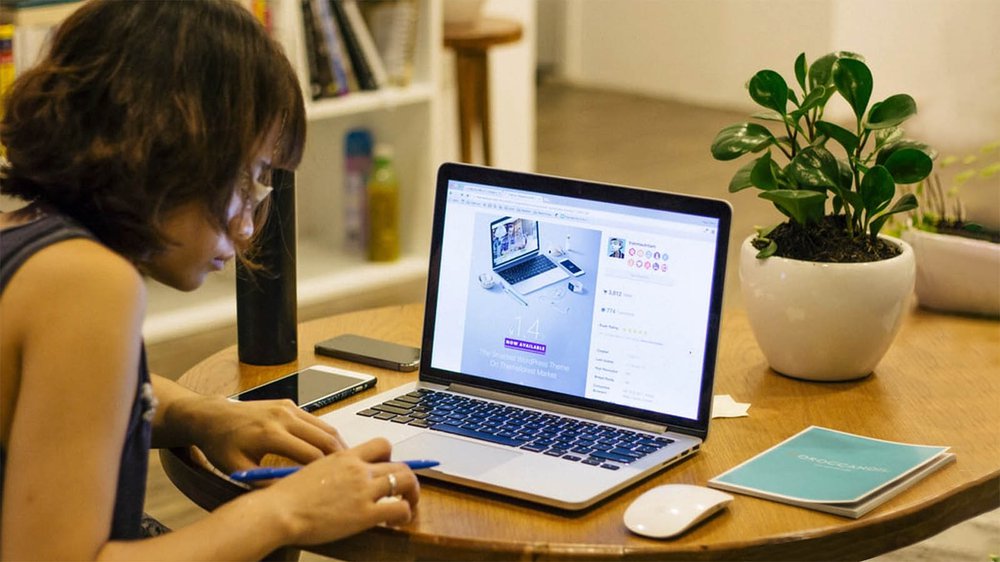Returning to school in the middle of a pandemic has forced districts to create significant changes in instruction and learning spaces. Most districts are still teaching students remotely and those that have gone back to campus have downsized class sizes, implemented social distancing, and are reconfiguring their classrooms in order to protect students by implementing CDC protocols and guidelines. It seems an opportune moment to consider how teachers can continue to support collaboration and communication among students when physical distance is required.
Some experts believe that one of the long-term impacts of this transformative shift in learning will be that we will have a permanent blend of face-to-face instruction and technology-enabled instruction. For most schools, the hybrid model’s dependence on technology ensures they will be able to make a transition back to remote learning without losing time or effectiveness in their instruction if faced with another societal interruption.
The flexibility of redesigned learning spaces is that they can be reconfigured throughout the day depending on whether students are working alone, in pairs, or as part of a small group. As students take ownership of their own learning, the space required to brainstorm ideas, collaborate with peers, and meet in a variety of group settings mirrors the kind of workplaces we have today. We don’t know what the future of work will look like when today’s students graduate, but one thing is certain—adaptability and flexibility will be critical skills in order to respond to constant change with confidence.
In the Future of Jobs, the World Economic Forum (WEF) reports that the primary driver of change in global business is the evolution of flexible working environments. Most companies now use teams of employees to accomplish work tasks. Collaborative work is flexible by nature, and new working environments are enabled by:
- Ubiquitous high-speed mobile Internet
- Artificial intelligence
- Widespread adoption of big data analytics
- Cloud technology
As these drivers have created massive technology adoption by global businesses, education, and government, it has resulted in new flexibility for work, such as teleconferencing, telecommuting, and coworking spaces catering to diverse companies and their employees. The pandemic has revealed that many teams can work from home with continued productivity supported by enterprise software. It is likely that business will also adopt a hybrid work model that facilitates work from home and in-person collaboration when the pandemic has passed.
Design Flexibility in School and Work
The evolution of the workplace means that we also need to implement change in how students are educated for careers and lifelong learning in this new environment—one in which companies require the acceleration of creative and collaborative work. As educators prepare students for college and career, aligning education goals with necessary job skills serves students well as they make the transition from school to their future workplaces. In order to be successful in school and work, students need to master creativity, critical thinking, communication, and collaboration.
- Recent changes in classroom design mirror the new emphasis on collaboration in education and in today’s workplace. Most businesses now organize their work into teams, for example, so collaboration is a critical skill for students to learn for both academic and life success.
- New pedagogies that allow students more voice and choice in what and how they study have resulted in higher levels of student engagement as they collaborate and benefit from peer-to-peer learning. This is valuable to students for their future careers.
- The physical makeup of the flexible classroom supports the new active learning environment as students gather and disperse throughout the day in small groups based on their learning needs.
- Changing pedagogy that animates student engagement expands powerful learning experiences for students. Flexible and innovative furniture groupings promote student engagement and creative thinking while reflecting a school’s culture.
Flexible furniture contributes to a different, more active learning environment where students have opportunities to master essential skills, such as creativity, critical thinking, collaboration, and communication. Creating these new learning environments and supporting new pedagogy, curriculum, and personalization with technology will drive higher levels of student engagement and academic achievement. Flexible learning environments facilitate student-centered classrooms where students take responsibility for their own learning and have personalized support for where and how they learn best.
These changes in schools are intended to mirror the current state and the future of work. Businesses organize their work into team responsibilities where colleagues work together to produce desired results. Today’s workplace is a very collaborative environment and requires top notch communication skills to be successful. With an uncertain work future for today’s students, it is important to recognize that these skills are transferable and are already prized in the workplace.
About the author
Dr. Christina Counts, is VP of Strategy and Development for MiEN Company, a proven leader with a successful background in transforming learning spaces to modern engaging learning environments.











